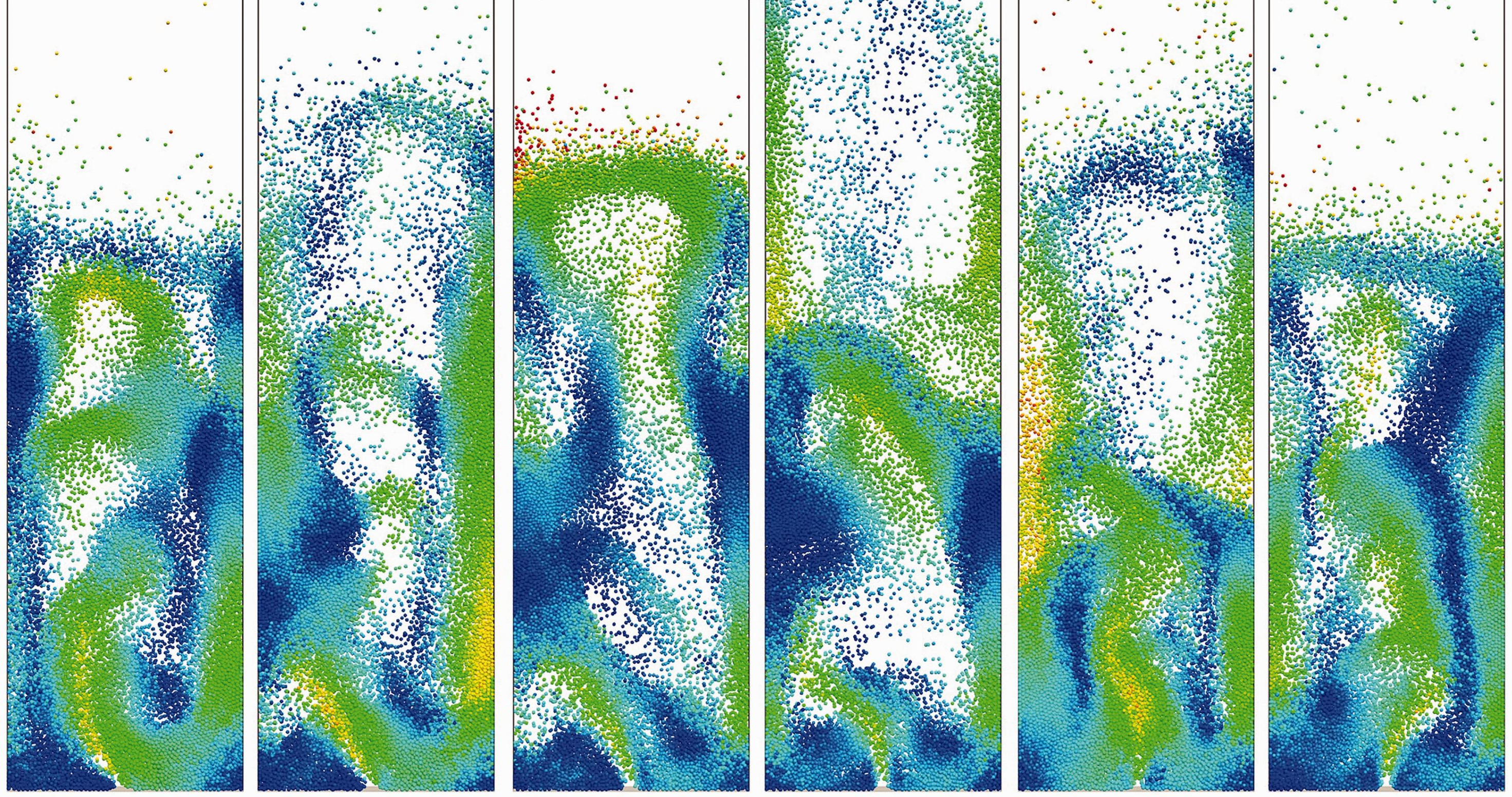Solid-Fluid industrial operationsLecturer: Andrea Santomaso (NEW! in preparation) |
 |
Knowledge, skills, and competencies to be acquired: Upon completion of the course, students who have passed the exam will be able to:
|
Content: GENERAL OVERVIEW OF SOLID-FLUID SEPARATION PLANTS (2 hours): typical applications of fluid-solid separation processes: mining and raw materials industry, rare earth and mineral recycling, pharmaceutical manufacturing, food industry processes, processes for treating pollutant emissions. GENERAL OVERVIEW OF SOLID-FLUID INTERACTION (4 hours): Relevant properties of solids for their separation (size, shape, density); solid-fluid interaction forces in dilute and dense systems. GRAVIMETRIC SEPARATION (10 hours): industrial applications; settlers and clarifiers, flotation, cyclones, centrifuges: principles of operation and design; numerical exercises. PRESSURE-BASED SEPARATION (6 hours): industrial applications; filters and presses: principles of operation and design; numerical exercises. |
| Learning activities and teaching methodologies: Classroom lectures, solving numerous exercises in the classroom with discussion of some case studies, questions, and a self-assessment homework. All classroom lectures will be recorded in audio and video and made available through the Moodle platform. | THERMAL SEPARATION (6 hours): industrial applications; dryers: types, principles of operation, and design; numerical exercises. WASHING AND PERCOLATION EQUIPMENT (4 hours): industrial applications; equipment and their operating principles, design criteria, and selection; numerical exercises. ENERGY AND ENVIRONMENTAL CONSIDERATIONS (4 hours): energy aspects characterizing the separation of solids from liquids (typical example: mining industry). Environmental impact of these operations (water consumption). |
Reference Texts:
|
Examination: Written exam (80% of the final grade) and homework related to sizing and verification exercises of the equipment (20%). The written exam will consist of two numerical exercises requiring calculation (sizing, verification, or selection) of equipment and two theoretical questions on any of the topics covered during the course. |

